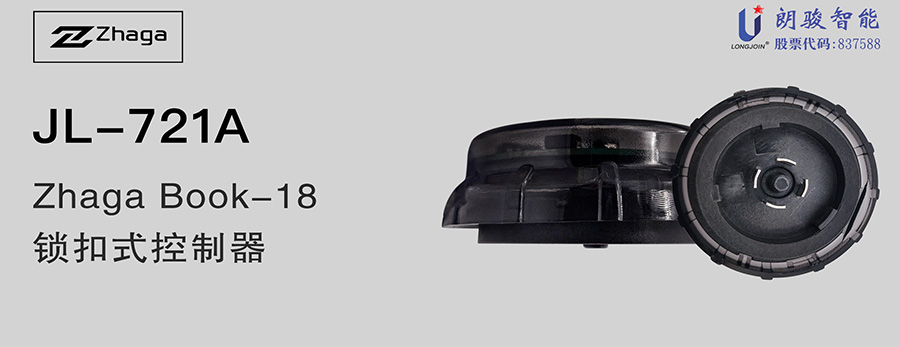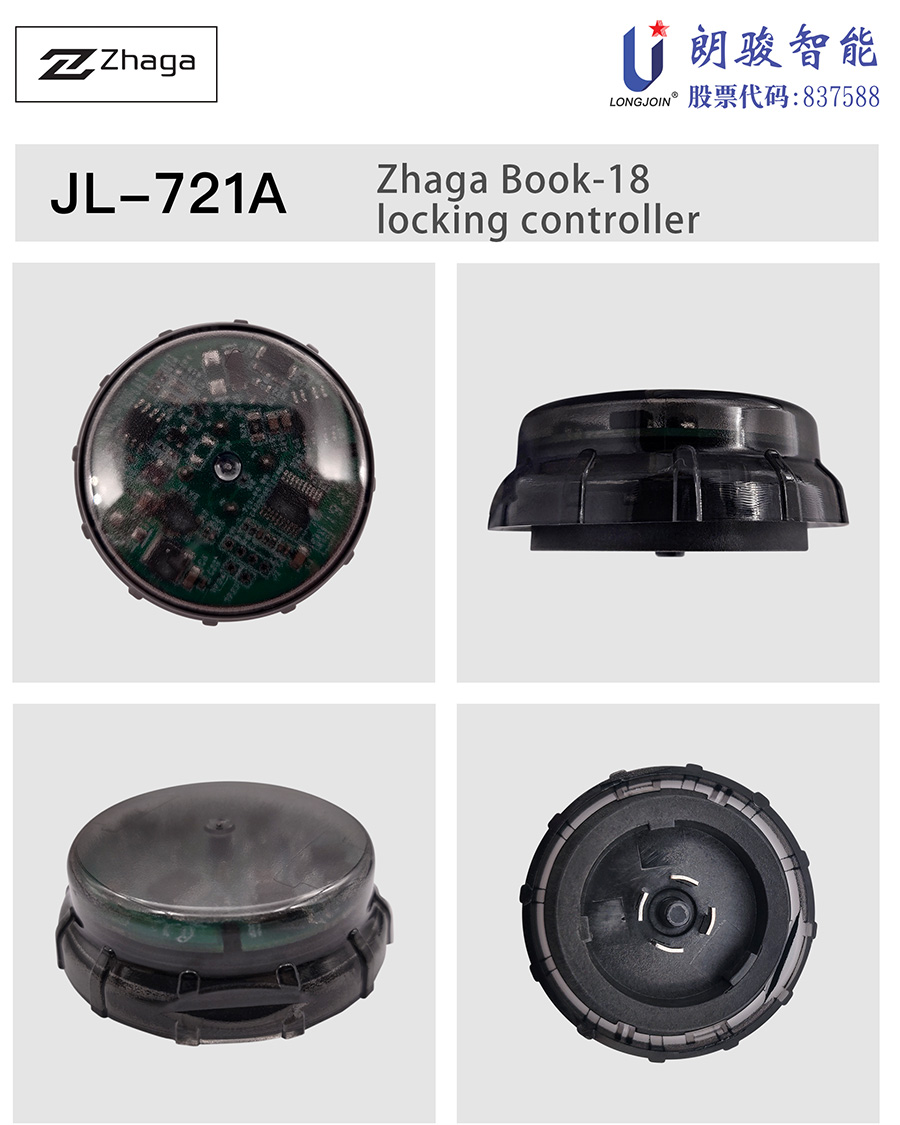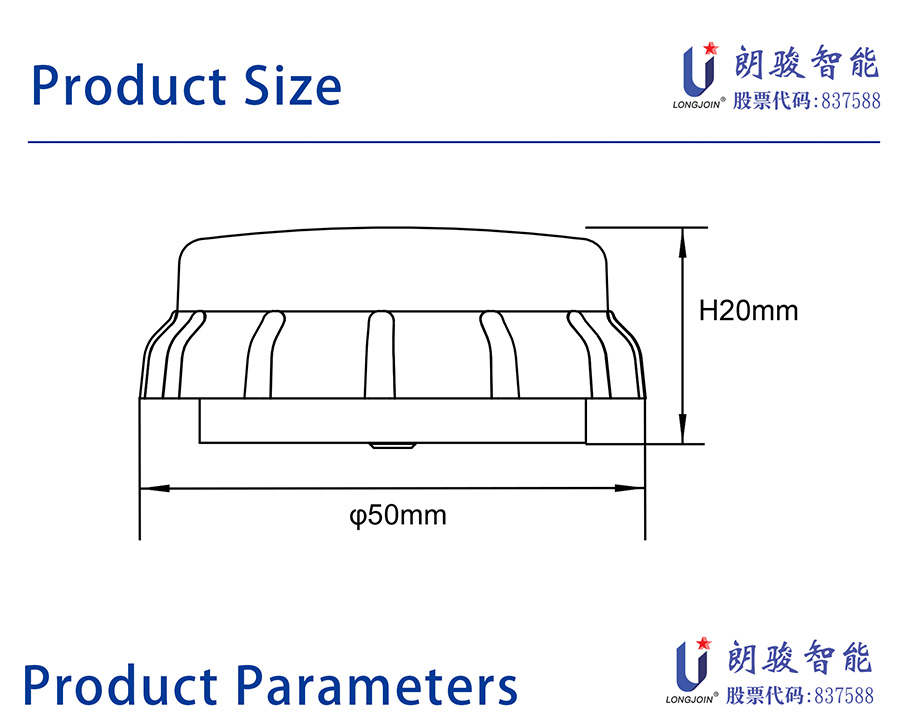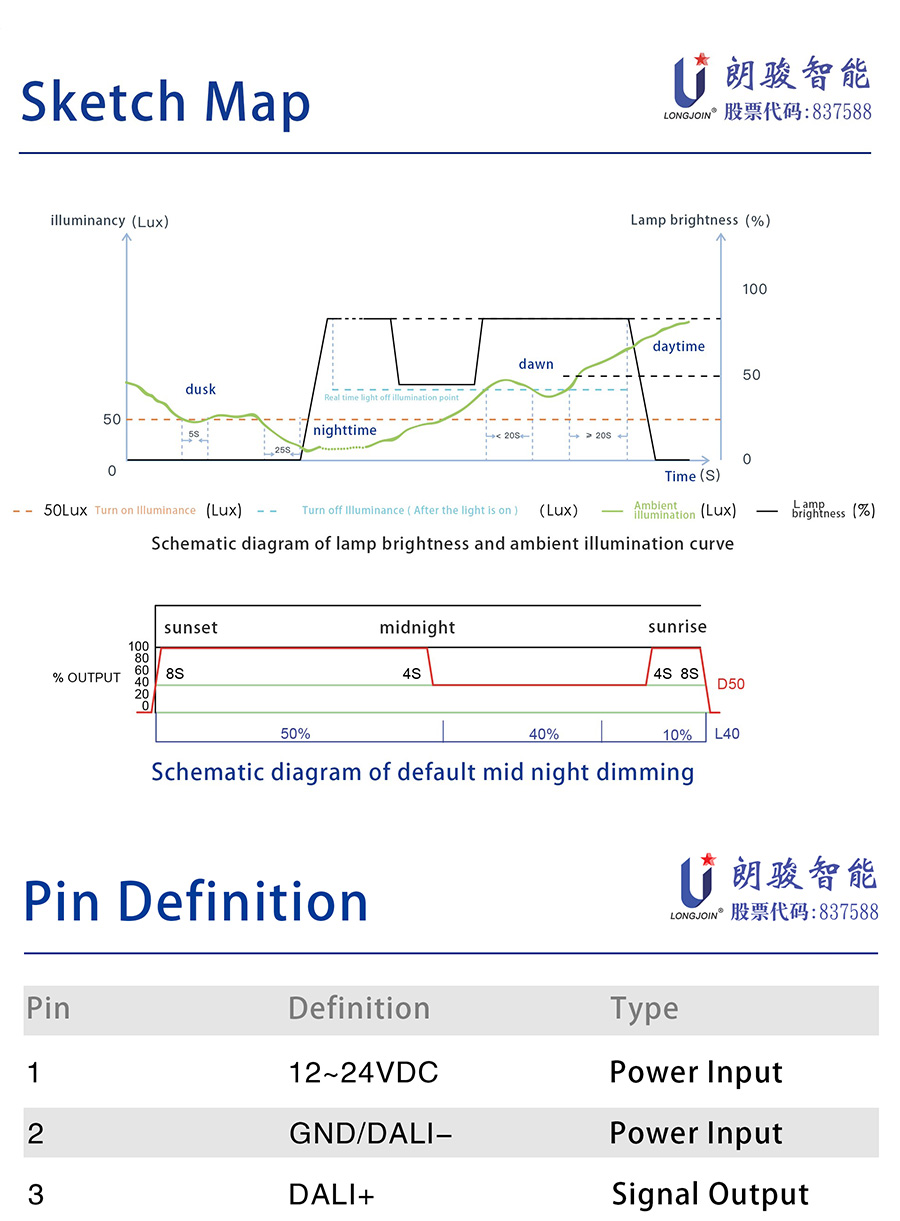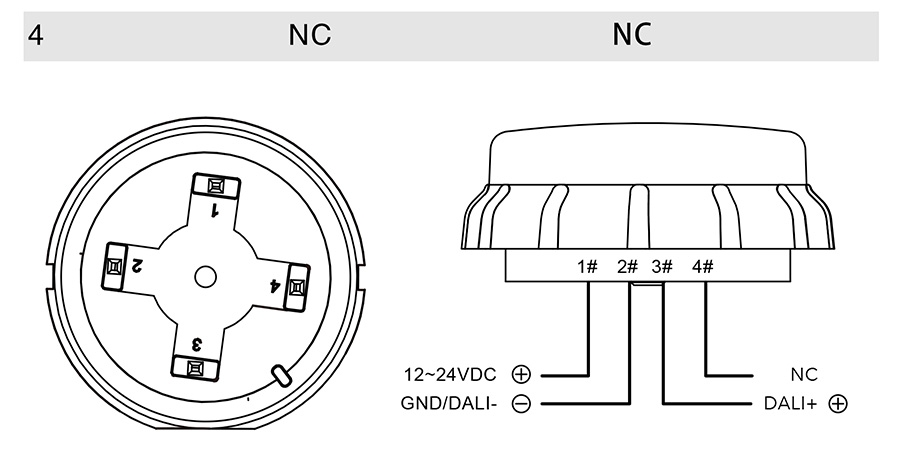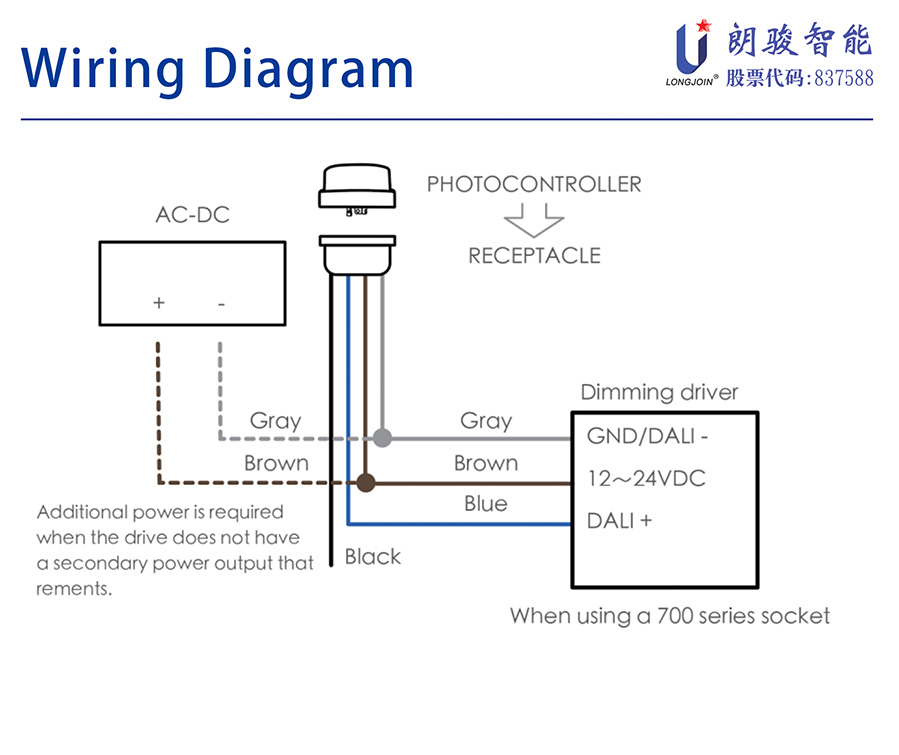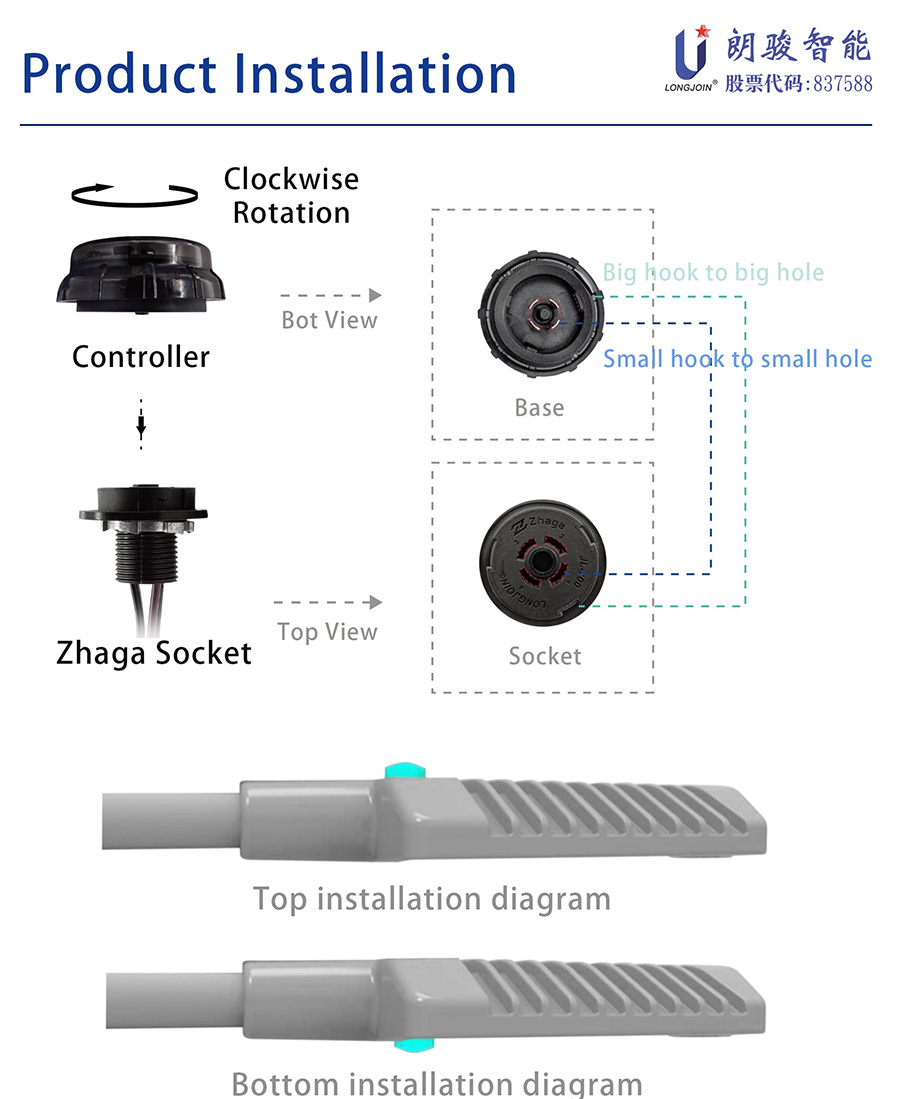Zhaga Book-18 Zhaga Series Product JL-721A Dali Dimming Controller
JL-721A is a latch type controller developed based on the interface size standard of zhaga book18. It adopts a light sensor and can output Dali dimming signal. The controller is suitable for lighting scenes such as roads, lawns, courtyards and parks.
Product Sizes
Product Features
*DC power supply, low power consumption
*Comply with zhaga book18 interface standard
*Compact size, suitable for installation to various lamps
*Support Dali dimming mode
*Design of anti-false triggering of interference light source
*Compensation design of reflected light of lamps
*Waterproof protection grade up to IP66
Product Parameters
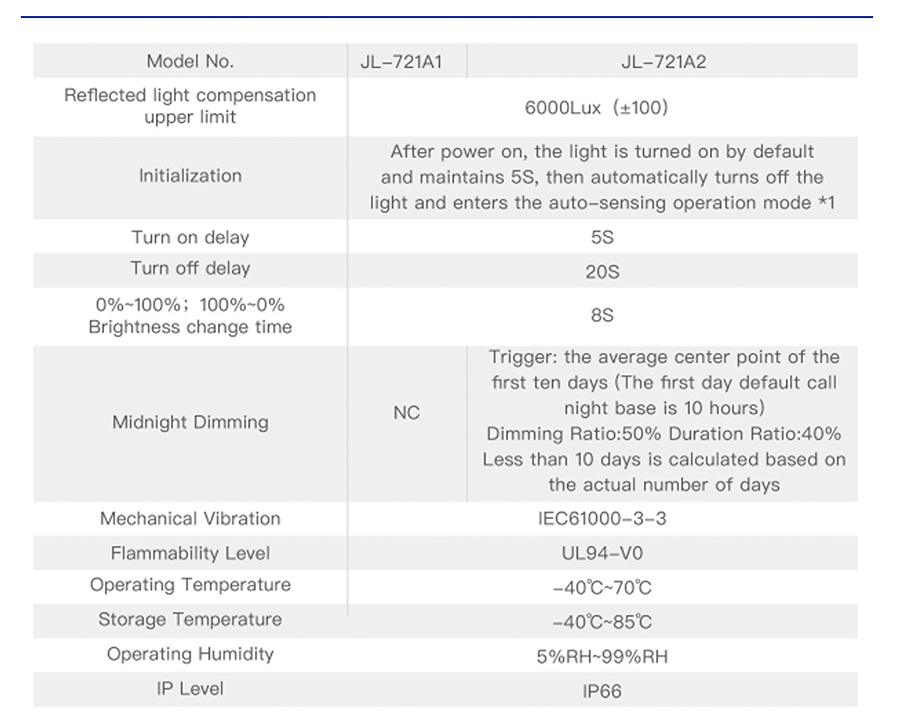
Remarks:
*1: The old version of some sample sending programs is to turn off the light by default and maintain it for 5S after power on, and then enter the self photosensitive operation mode.
PINS Definitions
Wirings Diagram
Product Installations
Precautions for use
1. If the negative pole of the auxiliary power supply of the driver and the negative pole of the dimming interface are separated, they need to be short circuited and connected to the controller # 2.
2. If the controller is installed very close to the light source surface of the lamp, after the induction lighting duration is over, the micro brightness may light itself out.
3. Because the zhaga controller has no ability to cut off the AC power supply of the driver, the customer needs to select a driver whose output current can be close to 0 MA when using the zhaga controller, otherwise the lamp may not be completely turned off. As can be seen from the output current curve in the driver specification, the minimum output current is close to 0 MA.
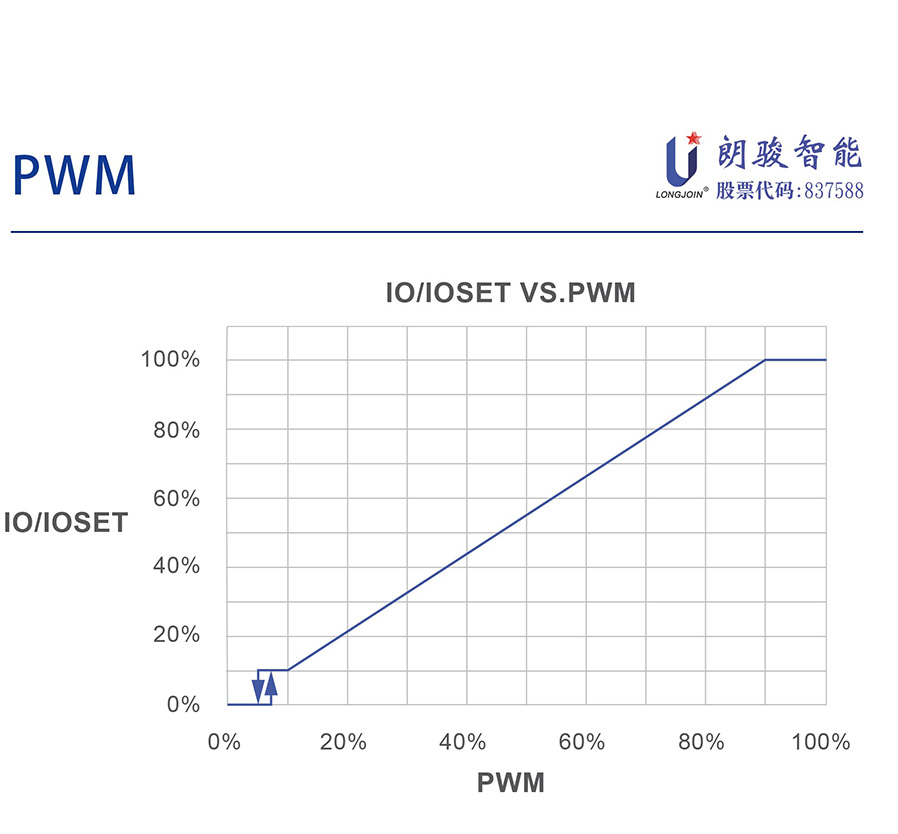
4. The controller only outputs the dimming signal to the driver, regardless of the power load of the driver and the light source.
5. During the test, do not use your fingers to block the photosensitive window, because the gaps between your fingers may transmit light and cause the failure of turning on the light.
